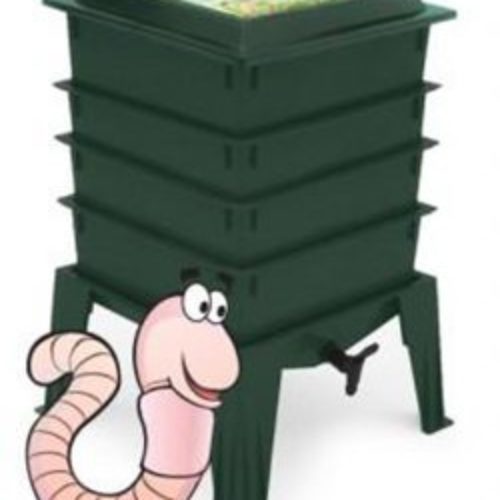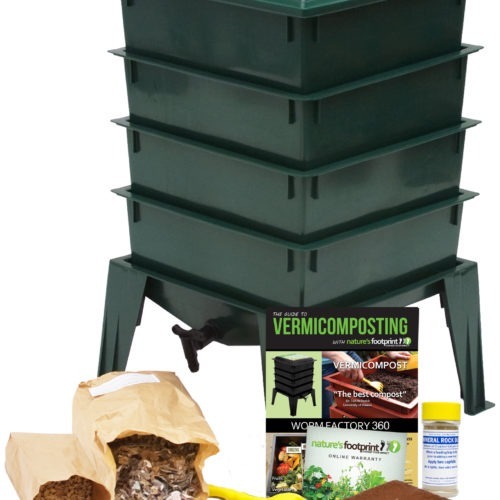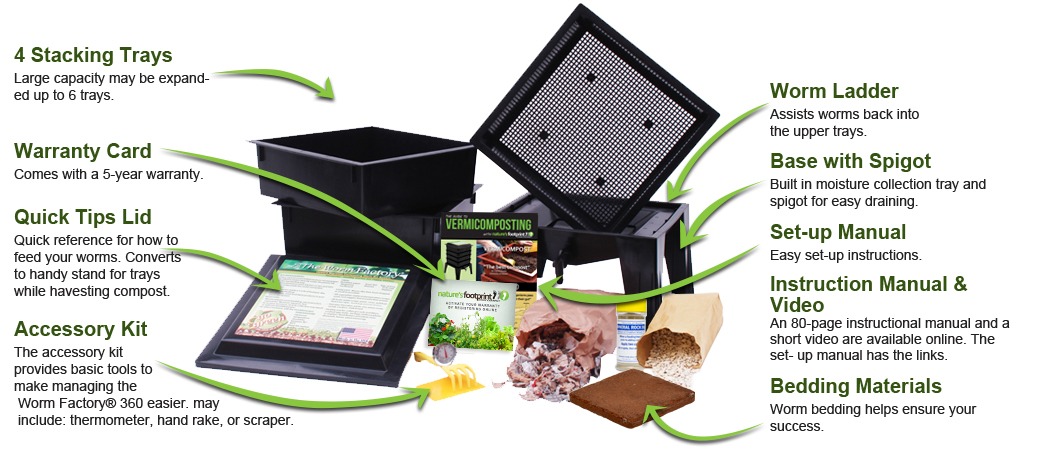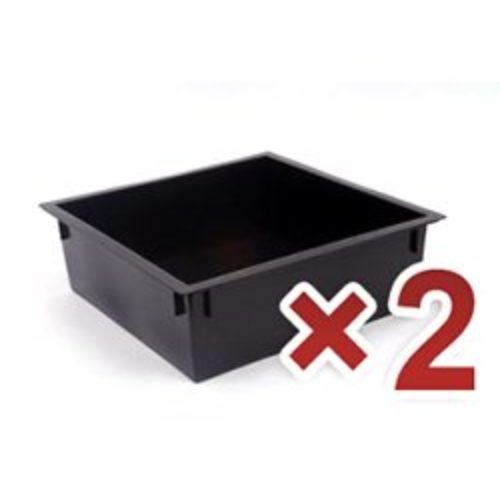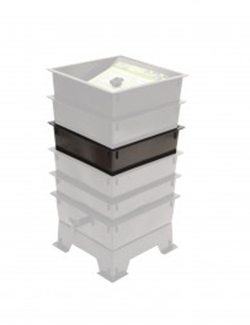5 Ways to use Vermicompost in Your Garden or Lawn

Worm Compost is an excellent organic fertilizer or soil amendment that will make any plant healthier. This article will teach you 5 easy ways of using worm compost in and around your home to make the most of its benefits.
What is Worm Compost?
Worm compost (also called vermicompost, vermicast, or worm castings) is simply worm poop. Worm compost is very dark and crumbly and smells like earth or soil. Worm castings alone do not ever stink. Worm compost is alive with microorganisms and nutrients that help all plants grow.
Where Can I get Worm Compost?
You can purchase a bag of worm compost online or in a specialty nursery, however, because of the dramatic benefit to plants, a bag of worm compost can be expensive.
I encourage you to try worm composting at home. This website is designed to teach you all you need to know about vermicomposting (worm composting) at your home or office. Click around to learn more. If you want to start at the beginning read: Start Here
How to Use Worm Compost – 5 Easy Ways of using worm compost, vermicompost

1. Top Dressing Plants with Worm Compost – The simplest way to use vermicompost is to add it to the top of the soil around your plant. This method for using worm compost is called “top dressing” and can benefit indoor as well as outdoor plants. Simply use your hands or a small shovel to put the worm compost on the soil directly around the stem of the plant. This is a great way to use worm castings in your garden because of their potency and because you may not have enough worm castings to dig it into the soil in large quantities. For more in depth info read: Top Dressing Plants with Worm Compost
2. Add Worm Compost to your Garden When you Turn the Soil – In between growing seasons gardeners often turn over their soil to prepare for the next growing season. This is a great time to add a large quantity of vermicompost to your garden. Simply cover your garden space with 2 or 3 inches of worm compost and then fold it over as you normally would using a tiller or shovel. A drawback of using this method is it takes a large volume of worm compost. Your worm composting bin may not produce enough vermicompost to add it to your garden in large quantities. If that is the case, you can either purchase some bagged worm compost online or make a larger worm bin!

3. Use Worm Compost in a Seed Starting Mix – Whether you are transplanting a potted plant or starting vegetable plants indoors, the plants will benefit if you add some worm compost to your growing medium. You can purchase a seed starter mix that you can add vermicompost to or you can make your own growing medium. I use a recipe that is ⅓ coir, ⅓ vermicompost, and ⅓ vermiculite. Because you will want your plants to get the best start possible, this is a great use of your precious, high-powered worm castings. For more info read Using Worm Compost in Seed Starter Mix

4. Make Vermicompost Tea – Compost tea is a tea made from steeping compost instead of tea leaves. It isn’t appetizing for you but your plants will love it! The nutrients in the worm compost diffuse into the water. There are a couple different ways to make compost tea:
- Simple Steeping Version – Find something to use as a tea bag (old t-shirt, panty hose, cheese clothe, etc). Fill your tea bag with worm compost. Then, put the worm compost tea bag in a bucket of water or in your watering can. Let it sit overnight and then water your garden in the morning.
- Brewing Version (added benefits) – To brew a batch of worm compost tea, put roughly 1 gallon of worm castings into a 5 gallon bucket. Then, add 4 gallons of water (rain or well water is best because it is not chlorinated). Next, add 1 ounce of unsulfured molasses to provide a food source for the beneficial microorganisms living in the worm poop. Then, stick the bubbler end of an aquarium aerator down to the bottom of the bucket and turn it on. Let the brew bubble for 3 or 4 days stirring occasionally. You may want to strain the compost tea before using. The molasses and aeration wakes up, feeds, and increases the population of the beneficial microorganisms living in the worm compost making this method the absolute best for your plants.
For in depth instructions on brewing a batch of super beneficial worm compost tea liquid fertilizer read: How to Make Compost Tea with Worm Castings
5. Top Dress your Lawn with Worm Compost – Just as your house plants and vegetable garden benefit from the use of worm compost, so will your lawn. To apply the worm compost, simply spread it thinly over your lawn so that it doesn’t cover up the grass but rather falls down in between the blades. This can be done by broadcasting the vermicompost over the lawn by hand or by using a push seed or compost spreader. This is the same device that you use to spread seed over your lawn. If you plan to use the spreader, be sure that the worm compost is fine and dry, otherwise it will clog up the spreader. Because this method requires a large amount of worm compost (which you may not have) a more effective use of your precious homemade worm compost may be to apply the worm compost to your lawn in trouble spots only. If you have a couple bald spots in your lawn, give them a boost with the addition of worm compost.
Now you know the top 5 ways of using worm compost. Please share this article with a friend if you found it helpful. Thanks.



